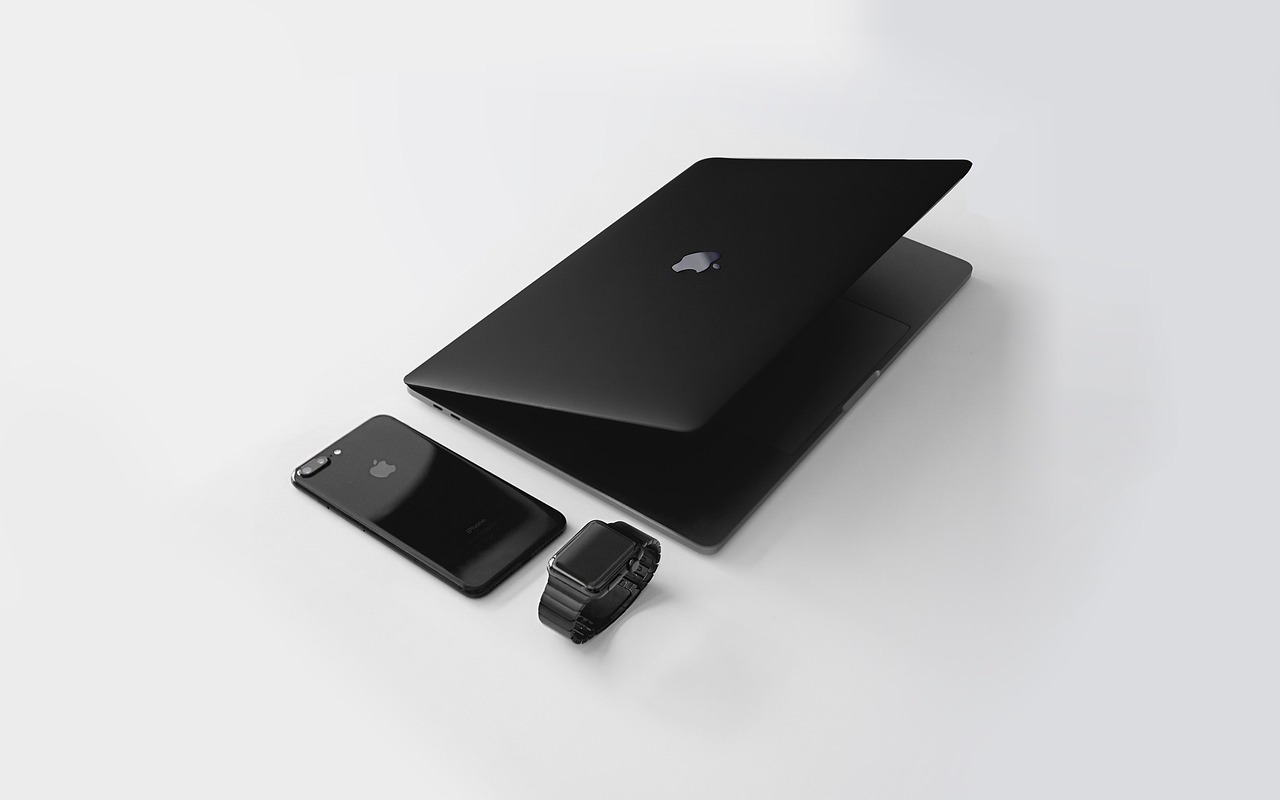
Apple Silicon Target Disk Mode
Introduction
Apple's transition from Intel-based processors to Apple Silicon has brought significant changes to its Mac lineup. One of the features that has evolved during this transition is Target Disk Mode, a functionality that allows users to connect two Macs for file transfer purposes. This article provides a comprehensive overview of Apple Silicon Target Disk Mode, detailing its operation, requirements, and practical applications.
Understanding Target Disk Mode
Target Disk Mode is a feature that enables a Mac to function as an external hard drive when connected to another Mac. This mode is particularly useful for transferring large amounts of data between two Macs without the need for network configurations or third-party software. While the concept remains consistent across both Intel-based and Apple Silicon Macs, the implementation has some differences that users should be aware of.
How to Use Target Disk Mode on Apple Silicon Macs
To utilize Target Disk Mode on a Mac with Apple Silicon, follow these steps:
- Prepare the Macs: Ensure that both Macs are powered on and have the latest version of macOS installed. This is crucial for compatibility and performance.
- Connect the Macs: Use a USB, USB-C, or Thunderbolt cable to connect the two Macs. It is important to note that if either Mac is running macOS 11 or later, a Thunderbolt cable is required for the connection.
- Enter Recovery Mode: On the Apple Silicon Mac that you wish to use as the external disk, restart the Mac and hold down the power button until you see the startup options window. From here, select “Options” and click “Continue” to enter macOS Recovery.
- Activate Target Disk Mode: In macOS Recovery, select “Utilities” from the menu bar, then choose “Target Disk Mode.” This will make the Mac available as an external disk to the other connected Mac.
- Transfer Files: On the second Mac, the Apple Silicon Mac will appear as an external drive in Finder. You can now drag and drop files between the two systems as needed.
Alternative File Transfer Methods
While Target Disk Mode is effective for transferring large volumes of data, there are alternative methods that may be more convenient for smaller file transfers:
- AirDrop: This feature allows users to wirelessly transfer files between Macs and other Apple devices. It is particularly useful for transferring a limited number of files quickly.
- File Sharing: Users can enable file sharing on their Macs, allowing access to specific folders over a local network. This method requires both Macs to be connected to the same network.
- External Drives: Utilizing an external hard drive or USB flash drive can also facilitate file transfers between Macs, especially when dealing with large files or backups.
Considerations and Limitations
While Target Disk Mode is a powerful tool, there are several considerations to keep in mind:
- Data Security: Ensure that sensitive data is handled appropriately during transfers. Consider encrypting files if necessary.
- Compatibility: Target Disk Mode is only available on Macs that support this feature. Users should verify compatibility before attempting to use it.
- Performance: The speed of file transfers may vary based on the type of cable used and the specifications of the Macs involved.
Conclusion
Apple Silicon Target Disk Mode offers a straightforward and efficient method for transferring files between Macs. By understanding the steps involved and considering alternative methods for smaller transfers, users can effectively manage their data across devices. As Apple continues to innovate, features like Target Disk Mode will likely evolve, further enhancing the user experience.

















 Penelope Cruz
Penelope Cruz 
 Health
Health  Fitness
Fitness  Lifestyle
Lifestyle  Tech
Tech  Travel
Travel  Food
Food  Education
Education  Parenting
Parenting  Career & Work
Career & Work  Hobbies
Hobbies  Wellness
Wellness  Beauty
Beauty  Cars
Cars  Art
Art  Science
Science  Culture
Culture  Books
Books  Music
Music  Movies
Movies  Gaming
Gaming  Sports
Sports  Nature
Nature  Home & Garden
Home & Garden  Business & Finance
Business & Finance  Relationships
Relationships  Pets
Pets  Shopping
Shopping  Mindset & Inspiration
Mindset & Inspiration  Environment
Environment  Gadgets
Gadgets  Politics
Politics 